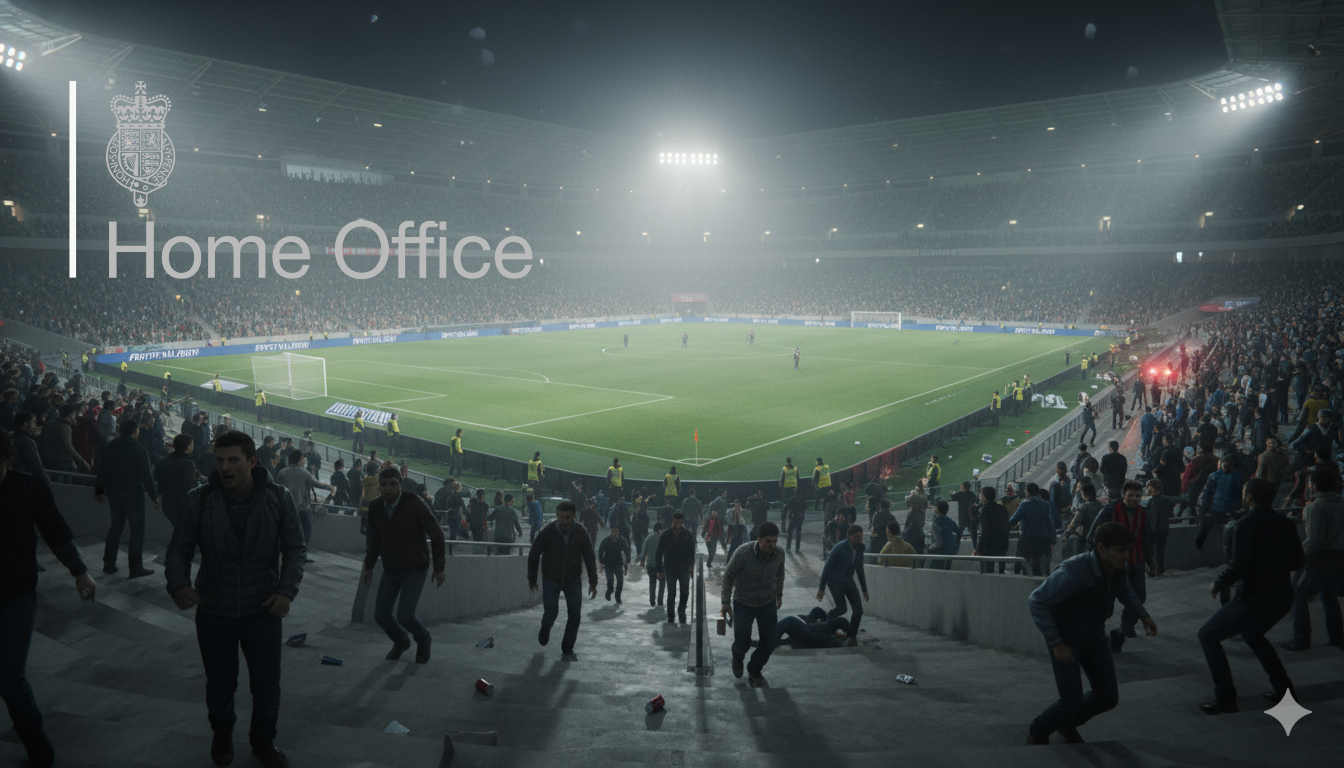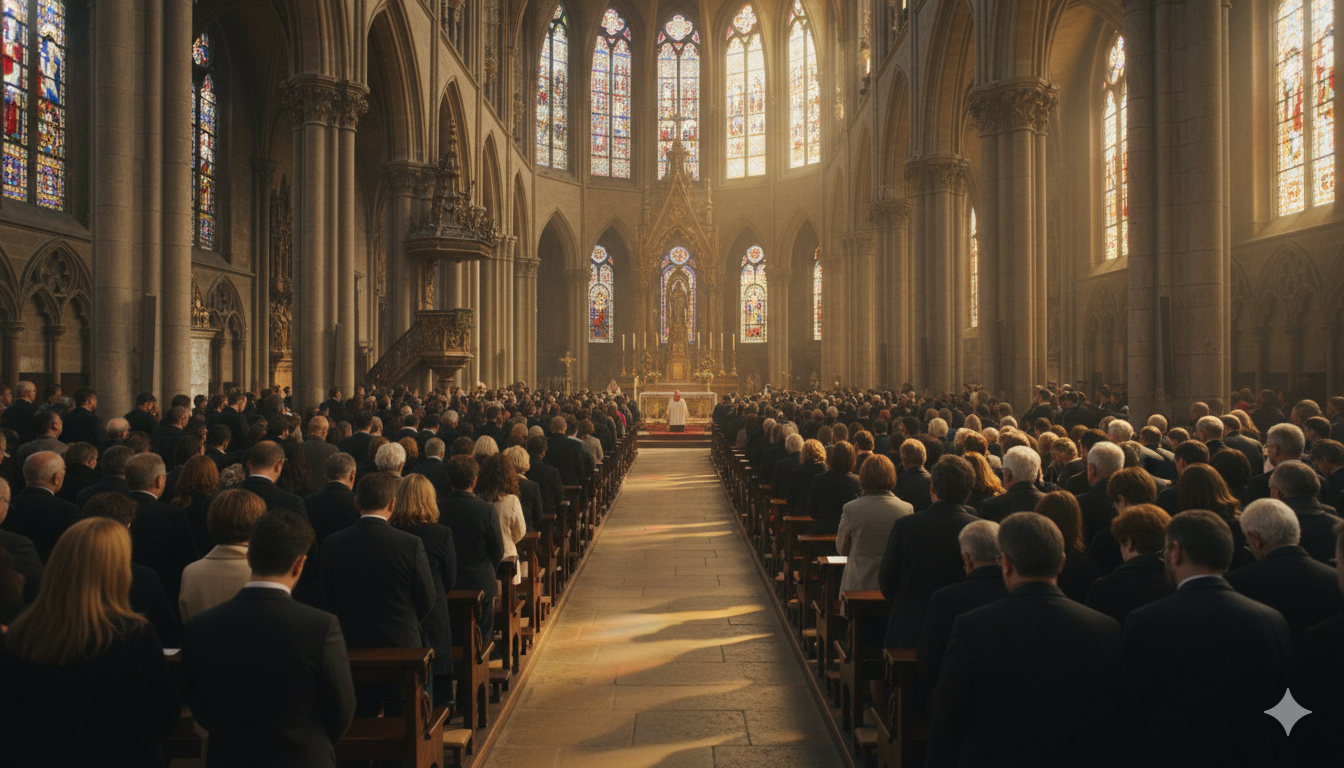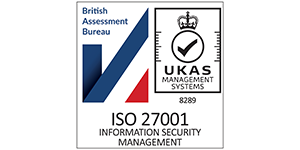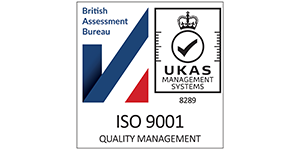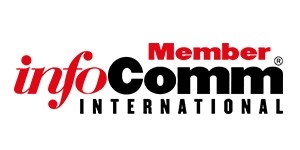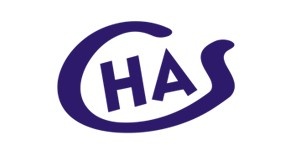This article is part of our comprehensive guide to Martyn's Law. For an overview of the legislation, tier requirements, implementation timelines, and how AV technology can support compliance, see our complete guide to Martyn's Law.
Martyn's Law (the Terrorism (Protection of Premises) Act 2025) is designed to improve preparedness across UK venues and events. But who, exactly, falls under its scope? This post breaks down the capacity thresholds, venue types and exemptions so you can determine whether your organisation needs to take action.
Capacity thresholds
The Act sets two capacity thresholds. Premises and events expecting 200 or more people at any one time are brought into scope. Those anticipating fewer than 200 people do not need to comply. Within the in‑scope category, there are two tiers:
Standard tier (200–799 people) – Venues and events with 200-799 attendees fall under the standard tier. They must take basic protective steps such as risk assessments, staff training, and notifying the Security Industry Authority (SIA) at (nalc.gov.uk). The focus is on low‑cost, proportionate measures.
Enhanced tier (800+ people) – Venues and events where 800 or more people may gather are subject to enhanced obligations (nalc.gov.uk). These include the standard requirements, plus further measures such as physical security systems (e.g., CCTV or bag searches), a designated senior individual to oversee compliance, and more detailed emergency planning (protectuk.police.uk).
For a detailed comparison of standard and enhanced tier requirements, see our guide: Standard vs. Enhanced Tier: What's the Difference?.
What counts toward capacity?
Capacity refers to the total number of people who could reasonably be expected on the premises at the same time, including staff, volunteers and attendees. It is not simply the building's maximum occupancy, but rather the actual number expected during events or peak times. Temporary events (concerts, festivals, fairs) count if the expected attendance meets the thresholds (insight-security.com).
Types of venues and events covered
Martyn's Law applies broadly to publicly accessible premises and events, spaces where members of the public can gather, regardless of whether they are privately or publicly owned. Examples include:
Stadiums, arenas and theatres – large venues hosting sporting events, concerts or performances (insight-security.com).
Nightclubs and bars – entertainment venues where high footfall and crowded conditions necessitate preparedness (insight-security.com).
Shopping centres and retail hubs – complexes with multiple shops and food courts (insight-security.com).
Hotels and conference centres – venues hosting events, conferences and banquets.
Community spaces – including town and village halls, community centres, markets and fairs (nalc.gov.uk).
Parks and open‑air events – such as festivals, sports events and seasonal markets (nalc.gov.uk).
Sports and leisure facilities – playing fields, sports halls and public gyms (nalc.gov.uk).
Libraries and museums – publicly accessible cultural venues (nalc.gov.uk).
Public squares and landmarks – locations used for celebrations, vigils, or other gatherings (nalc.gov.uk).
Certain events are also covered, even if held on otherwise exempt premises. For example, a large festival hosted in a public park where capacity exceeds 800 people would fall under the enhanced tier because of the expected crowd size (protectuk.police.uk).
Exemptions and special cases
Not all premises are within scope. Parliamentary buildings and government administration premises are specifically excluded from the legislation (insight-security.com). There are also special considerations for education settings. Schools, colleges and universities remain in the standard tier even if more than 800 people are present (gov.uk), recognising the unique nature of educational environments. Additionally, events held in educational premises do not become enhanced‑tier events simply because they draw large crowds.
Private offices and workplaces that are not open to the public are generally outside the scope unless they host public events or have publicly accessible areas. Similarly, residential buildings are excluded.
Responsible persons
Every qualifying venue or event must have a responsible person, the individual or organisation in control of the premises for its principal use (insight-security.com). This person is accountable for conducting risk assessments, implementing security measures, training staff and liaising with the SIA. In multi‑use spaces (e.g., a church hired for a concert), the responsible person is whoever is in control of the specific event.
Why identification matters
Understanding whether you fall under Martyn's Law is the first step toward compliance. Failing to meet the Act's requirements could lead to enforcement action or penalties once the Law comes into force. Even if you operate a smaller venue, taking proactive steps, such as simple risk assessments and staff training, can save lives in an emergency (protectuk.police.uk). For larger venues, preparing now for enhanced obligations will help spread out costs and integrate security measures into renovation or upgrade plans.
Next steps
Assess your venues and events: Compile a list of locations and events where 200 or more people may gather.
Assign a responsible person: Designate someone to oversee compliance for each venue or event.
Begin risk assessments: Even before detailed statutory guidance is released, start evaluating potential vulnerabilities and mitigation measures.
Explore technology solutions: Consider how digital signage, PA systems, CCTV and occupancy analytics can support security and emergency communication.
Read our Martyn's Law pillar page: For a comprehensive overview of the Act, differences between standard and enhanced tiers, and compliance timelines, see Martyn's Law: Complete Guide to the Terrorism (Protection of Premises) Act 2025.
Contact Strive AV: Our experts can help you assess your venues, recommend appropriate technologies and guide you through the compliance process.
By identifying whether Martyn's Law applies to your organisation and understanding the thresholds and venue types involved, you can take proactive steps to protect the public and ensure legal compliance.


